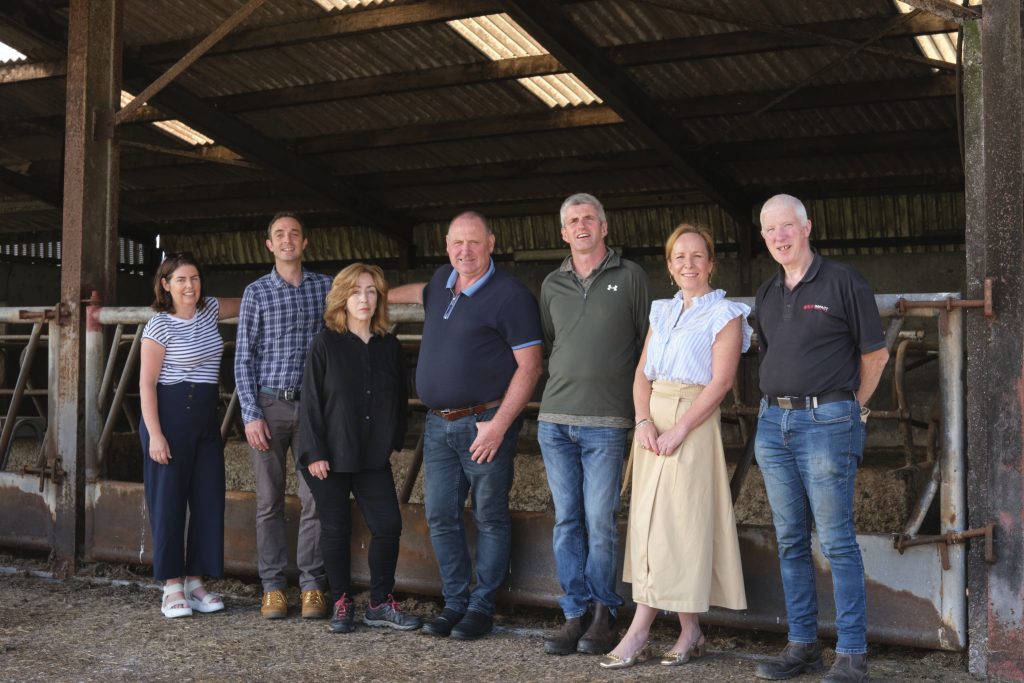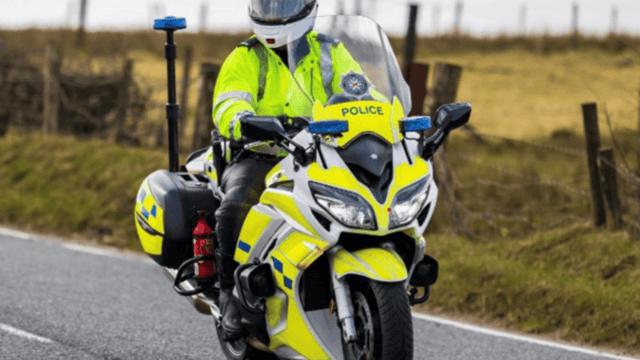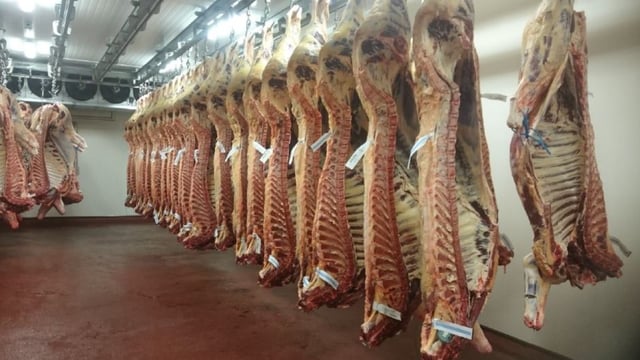West Kerry Dairy Farmers SEC 'learning brief' aims to help others
The West Kerry Dairy Farmers (WKDF) Sustainable Energy Community (SEC) has published a "learning brief" outlining its journey since 2020.
The SEC, spearheaded by local dairy farmer Dinny Galvin, is aiming to help make the local farming community more energy-efficient, use renewable energy sources, and reduce costs and carbon emissions.
Dinny, who was an early adopter of renewable energy technologies on his farm, was upset at how farmers were depicted in the media as being the problem when it came to climate change.
He wanted to show how they could be the solution and was inspired to develop the SEC for dairy farmers while on a community energy mentor course.
He told Agriland: "The farmers can be the change-makers in all of this, because we can give so much back through biodiversity and reducing emissions from energy and fuel. There's an array of things we can do."
SEC
The WKDF SEC catchment stretches from Dún Chaoin on the west of the Dingle Peninsula, to Blennerville on the north and Castlemaine on the south.
The recently published report covers the work carried out by the group between January 2020 and July 2025.
The first phase of the project saw the group commission consultants, DCSix Technologies to compile an energy masterplan (EMP).
This study found the 120 dairy farmers initially involved in the group used over 10,000MWh of energy in 2019, which cost €1.6 million and generated 2,900t of carbon dioxide (CO2).
Agricultural diesel accounted for 52% of the energy consumed and cost around €750,000.
A tender process was then undertaken across various solar PV companies to provide quotes for the group, with Solar Beo being selected.
Of the 86 farmers who signed up to be part of the SEC in 2020, about 60 were initially interested in installing solar PV.
Solar Beo confirmed that by July 23 this year, 20 farmers had installed their panels, three were waiting for NC7 (ESB grid connection) approval, five were interested in going ahead in 2025, and six were undecided.
These figures do not include installations carried out on farms by other solar providers.
The project committee used online meetings to share knowledge with farmers around energy efficiency and technology.
A greater understanding of the importance of nature and biodiversity was also promoted.
Dairy farmers
The report also highlighted the challenges faced by the project, including the amount of voluntary work by the committee involved.
The complexity of the SEC application form in 2020 was mentioned, but this registration process has since been simplified.
Dinny said it took time to engage and maintain communication with farmers, and he also noted that the solar tender was time-consuming.
He pointed to the need to enhance state supports for solar PV, including the Targeted Agriculture Modernisation Schemes (TAMS 3) and the grant aid provided by the Sustainable Energy Authority Of Ireland (SEAI).
He added that delays with NC7 applications to ESB Networks for grid connections need to be addressed.
Emissions
The WKDF SEC steering committee hope that the project, including the energy master plan (EMP), could help farmers in other parts of the country.
The group has already shared their experience and knowledge with other farmers, community groups and policy makers.
"It's going to educate 16,500 dairy farmers in the country.
"The document is there, the EMP is there and the facilitation document, the learnings from that is available as well.
"I would urge other communities to get together because we've all got to work together going forward.
"We're not going to get there on the emissions unless we all work together," Dinny said.







